Display Cable Assemblies
Xinshao provides Display Cable Assemblies in a variety of sizes, types, and styles.
Xinshao is a company that specializes in the design and fabrication of custom cable assemblies.
With our unmatched ability to customize overmolded cable assembly, there’s no better time than now for your order!
All overmolded cables are 100% tested prior to shipping so you can be confident about receiving only top-quality products from Xinshao.

Display Cable Assemblies
In both consumer and industrial electronics, the application of TFT displays is increasing fast. If you are designing a TFT into your new product, you will also need to decide the most suitable method of connecting the display to the PCB.
We supply a wide range of TFT display cables with a variety of different connectors.
LVDS Cables
LVDS (low voltage differential signal) cables are often used as an economic method of connecting TFT displays to their driver boards. Using low power, the LVDS cables utilize twisted pairs to transmit the signal from the PCB to the display over distances of up to 10 metres.
The connectors are typically fine pitch, usually under 1 mm, and as a result, accept small gauge wires. This results in a very low-profile and flexible cable assembly, enabling routing through the tightest of units.
eDP Cables
eDP (embedded DisplayPort) cables are beginning to supersede LVDS as the cable assembly of choice for connecting driver boards to TFT displays. They use the same digital signal processing protocol as DisplayPort cables but in a smaller physical connector.
Often manufactured from micro-coax cable, DP cable assemblies require fewer connections than LVDS. They also offer all power, data and control signals through one single assembly. Where LVDS assemblies could require 18 signal wires, a comparative DP cable would use only five.
eDP was developed specifically to be used in embedded display applications.
it’s based on the VESA DisplayPort Standard, same electrical interface, same basic digital protocol but with some differences added for eDP.
Data carried in eDP main link:
– video pixel data
– video timing information
– video format information
– video data error correction
– audio data (optional)
Data Carried in EDP AUX channel
-EDID information from Display
– Link Training protocol
– Display Control
– Power management
– Error checking of main link data (CRC control)
FFC/FPC
Flexible flat cable, or FFC, refers to any variety of electrical cable that is both flat and flexible. A flexible flat cable is a type of flexible electronics. However, the term FFC usually refers to the extremely thin flat cable often found in high-density electronic applications like laptops and cell phones.
Sometimes the term FPC (flexible printed circuit) is even—somewhat inaccurately—used for any type of FFC, however, this is more accurately used to describe circuits that incorporate components and are built onto flexible material. FFCs are usually straight connections without any components.
FFC is a miniaturized form of ribbon cable, which is also flat and flexible. The cable usually consists of a flat and flexible plastic film base, with multiple metallic conductors bonded to one surface. Often, each end of the cable is reinforced with a stiffener to make insertion easier or to provide strain relief. The stiffener makes the end of the cable slightly thicker.
Flexible, flat cables are used in place of round cables for easy cable management, especially in high-flex applications. They usually take up less space than round cables, often offering better EMI/RFI suppression and eliminating wire-coupling issues. In addition, because the wires are protected individually and not wrapped many times over by different materials as round cables are, they are lighter in weight and offer greater flexibility.
The early flat ribbon cables were used in the mainframe-computer industry, on card readers, card-punching machines, and tape machines. Methods and materials were developed to simplify and reduce the cost of ribbon cables, by standardizing the design and spacing of the wires, and the thickness of the insulation, so that they could be easily terminated through the use of insulation displacement connectors (IDC). Due to the simplicity of ribbon cables, their low profile, and low cost due to standardization, ribbon cables are used today in most computers, printers, and many electronic devices.
Flexible printed circuits (FPC) are made with photolithographic technology. An alternative way of making flexible foil circuits or flexible flat cables (FFCs) is laminating very thin (0.07mm) copper strips in between two layers of PET. These PET layers, typically 0.05mm thick, are coated with an adhesive which is thermosetting and will be activated during the lamination process. FPCs and FFCs have several advantages in many applications:
Tightly assembled electronic packages, where electrical connections are required in 3 axes, such as cameras (static application).
Electrical connections where the assembly is required to flex during its normal use, such as folding cell phones (dynamic application).
Electrical connections between sub-assemblies to replace wire harnesses, which are heavier and bulkier, such as in cars, rockets and satellites.
Electrical connections where board thickness or space constraints are driving factors.
Potential to replace multiple rigid boards or connectors
Single-sided circuits are ideal for dynamic or high-flex applications
Stacked FPCs in various configurations

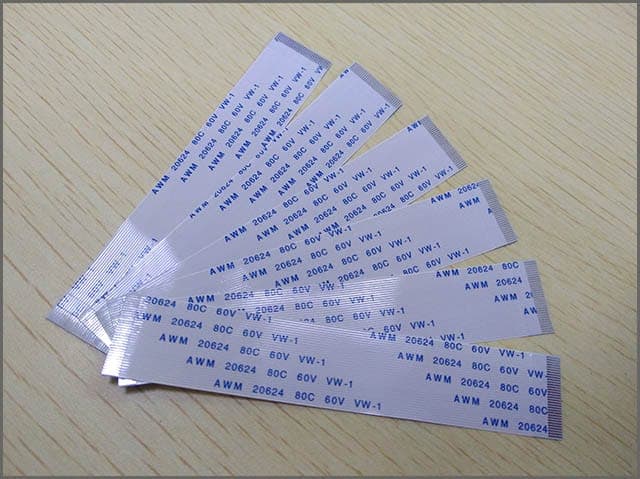
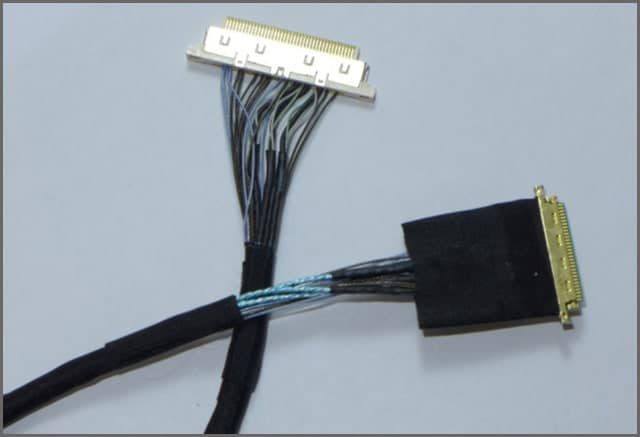

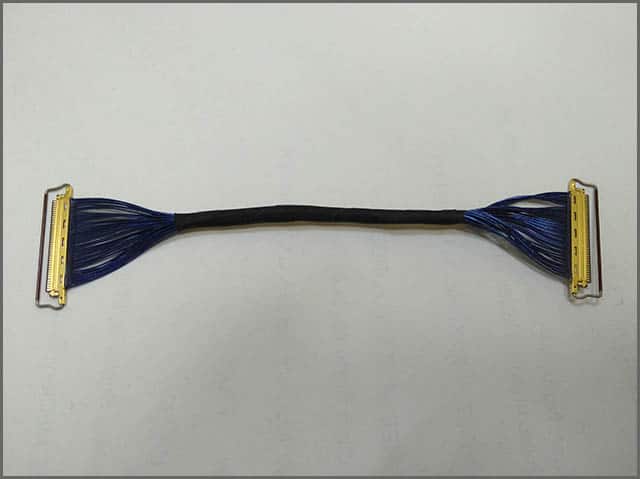
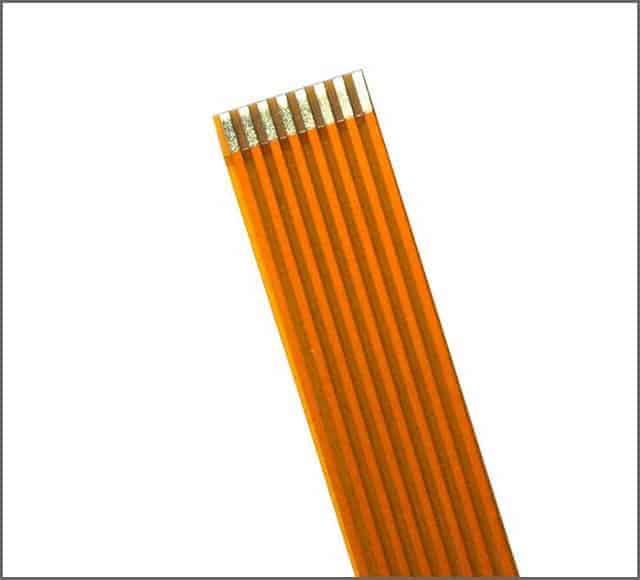
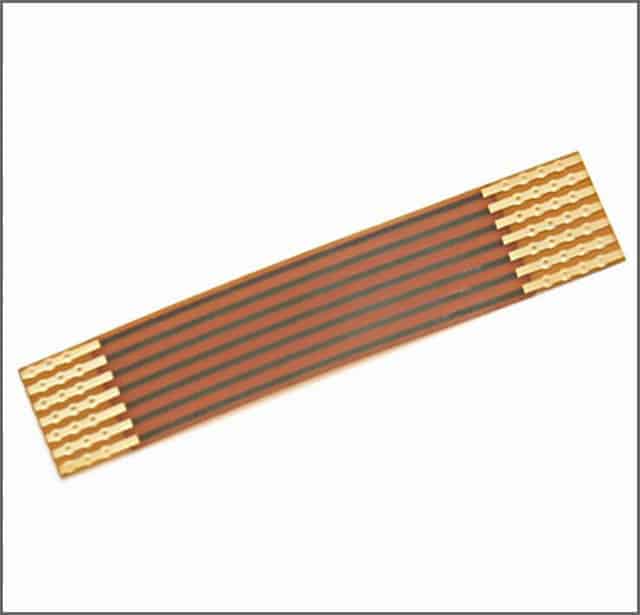



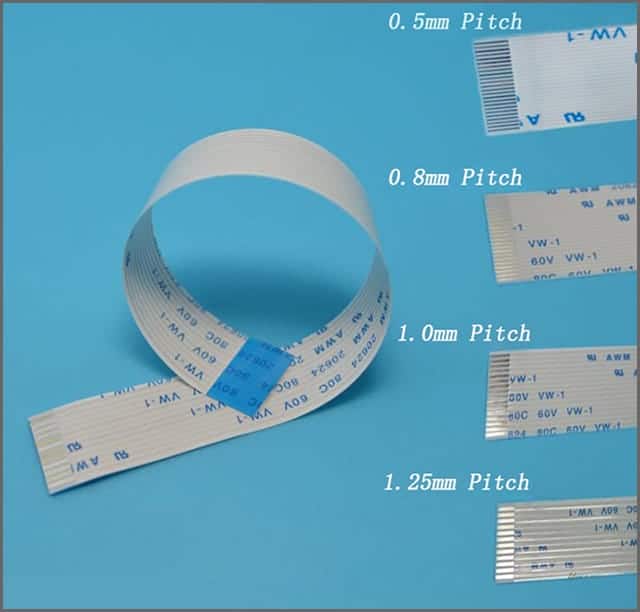
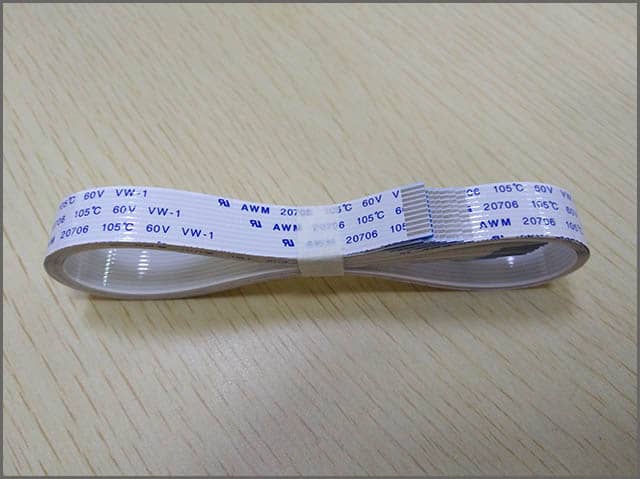






DisplayPort Cable Assembly
Xinshao offers DisplayPort cable assemblies with a variety of connector options, such as DVI and HDMI.
Xinshao supports resolutions up to 4K at 60 Hz or 1080p depending on which cable is chosen for the situation. They offer cables that meet different specifications: 1.4, 1.2a, 1-1, etc.
Features:
- Designed to replace the DVI and VGA connector interface
- Smaller, user-friendly mated external connector
- Supports an embedded clock
- Flexible cable
- RoHS compliant
- 100% open and short and continuity wire test
- 45P PVC black strain relief molding
- Transparent dust cover
- For new display usages
- Superior EMI shielding
- Features higher color depths, display resolutions and refresh rates
- Optional latching feature prevents cables from detaching
- Optical disc players
- Gold-plated connectors to reduce the possibility of corrosion and improve signal transmission
- High-quality copper conductors

Our works
XINSHAO Cable Assemblies DP to DP Cable(DP – DP cable)
Xinshao Cable Assemblies DP to DP Cable(DP – DP cable) is an indispensable companion for your laptop or desktop equipped with DisplayPort.
| Robust & Ergonomic Design | Superior Construction | Latest Monitor Companion |
| Gold-plated connector DisplayPort security latch Non-slip surface Molded strain relief | Bare copper conductors Wire insulation Foil shielding Braided shielding Flexible PVC jacket | Connect an ultra-wide monitor for video editing Enjoy immersive gaming with a crystal-clear picture |
BC-DD DISPLAYPORT MALE TO DISPLAY PORT MALE
The BC-DD cable assemblies support HBR bandwidth and resolutions up to 4K at 60Hz and 1080p. The BC-DD cable assemblies are compliant with DisplayPort 1.2.
BC-DH DISPLAYPORT MALE TO HDMI MALE
The BC-DH cable assemblies support DisplayPort 1.2a input and HDMI 1.4b output. The BC-DH cable assemblies also support HDMI video resolution of 4K x 2K at 30Hz.
BC-DV DISPLAYPORT MALE TO DVI MALE
The BC-DV cable assemblies support DisplayPort 1.1 input and DVI 1.0 output. The BC-DV cable assemblies also support the highest video resolution of 1920 x 1080 at 60Hz.
BC-DM MINI DISPLAYPORT MALE TO DISPLAYPORT MALE
The BC-DM cable assemblies support 4K at 60Hz at 3feet and 6feet lengths and 4K at 30Hz at 10feet lengths. The BC-DM cable assemblies are compliant with DisplayPort 1.1.
